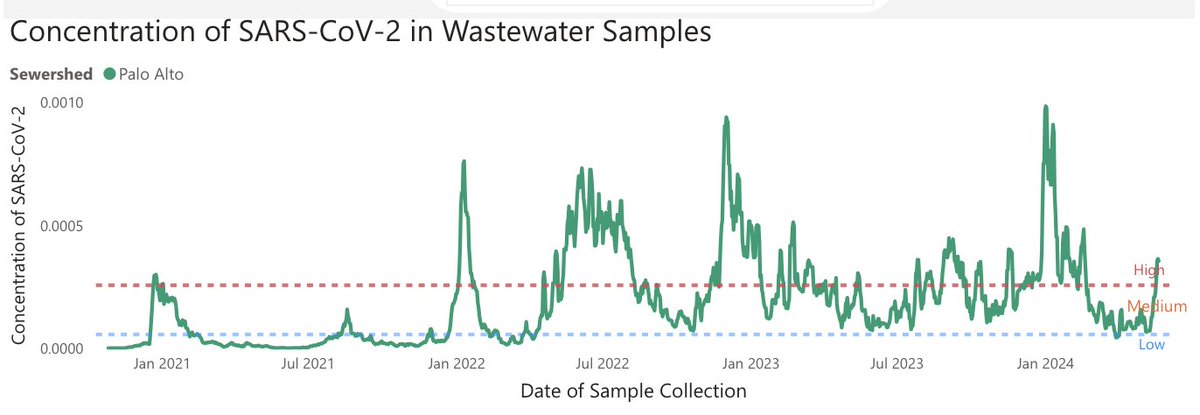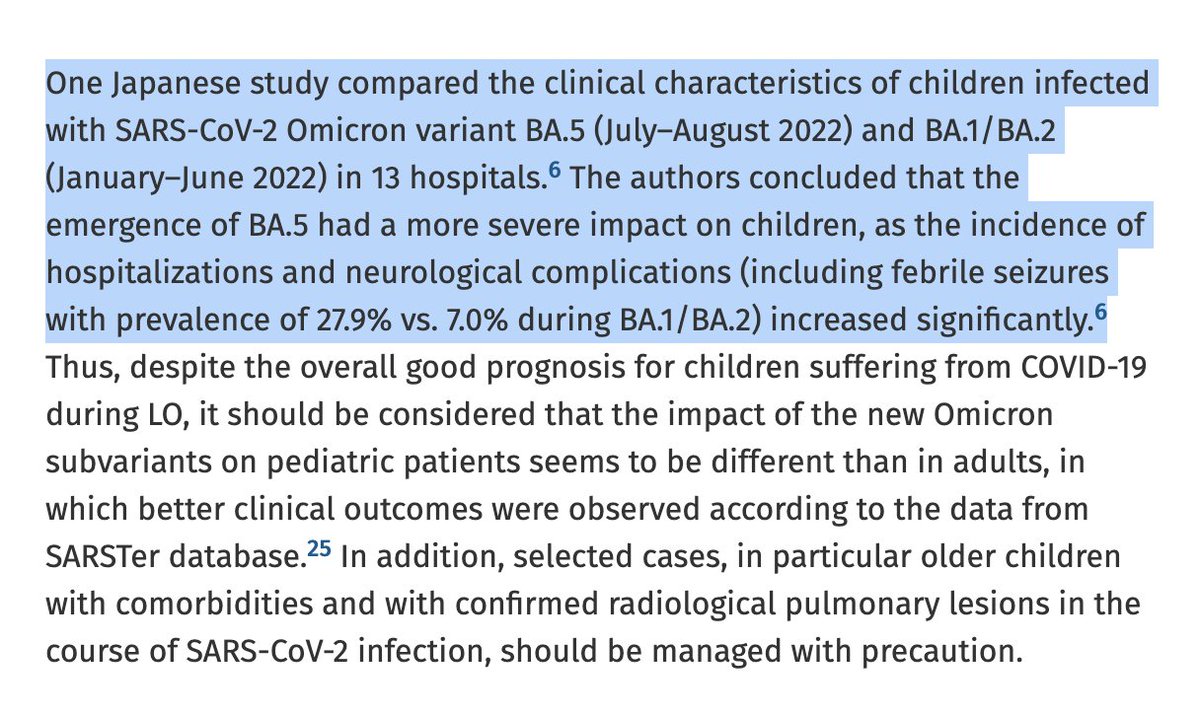
Professor of Neurobiology & Bioengineering @Stanford ☘️🧪🦠🧠🌈🔬📖🇺🇲🌏Neurons, viruses, medicines. Invented predecessor of nirmatrelvir. Also @MichaelLinLab
18 subscribers
How to get URL link on X (Twitter) App


 Azelastine is generic now, and this was an academic study. Little interest by companies to test off-patent drugs. It was done in Germany (zero interest by US to do COVID-19 research now)
Azelastine is generic now, and this was an academic study. Little interest by companies to test off-patent drugs. It was done in Germany (zero interest by US to do COVID-19 research now)

 It's a frightening and sad story (a grandmother was killed) and I'm surprised to find out about it only now.
It's a frightening and sad story (a grandmother was killed) and I'm surprised to find out about it only now.

 This is the 2nd controlled study to show about half the side effects rate for Novavax vs Pfizer.
This is the 2nd controlled study to show about half the side effects rate for Novavax vs Pfizer. 
 This is part of a complete elimination of COVID19-related research, including on long COVID.
This is part of a complete elimination of COVID19-related research, including on long COVID.
 Link: nytimes.com/2025/02/26/opi…
Link: nytimes.com/2025/02/26/opi…

https://twitter.com/Daniel_E_Park/status/1835096031291179011Novavax beats Moderna, which (transiently) induces higher levels of neutralizing Abs. As I've said before, Abs are much more than neutralization. Ab effector functions do most of the clearing, and Novavax seems particularly good at that.

https://twitter.com/Novavax/status/1829612945338482755I made this graphic to show how different vaccine types work (back in 2021).

https://twitter.com/ezraklein/status/1814045611072889273“Put Donilon on the phone,” Ms. Pelosi told the president, referring to Mike Donilon, the president’s longtime aide, according to people familiar with the exchange, which was reported earlier by CNN. “Show me what polls.”

 Biden's DO does not seem to follow the science. The rate of rebound is 26% if started within the first 2 days of symptoms or positive test.
Biden's DO does not seem to follow the science. The rate of rebound is 26% if started within the first 2 days of symptoms or positive test. https://x.com/michaelzlin/status/1810528032849031584


 Big caveat: Retrospective association study, so major possibility of reporting bias. People who recently got COVID may be more likely to seek care and diagnosis for any new health problem. The study tries to control for this but there's no way really to eliminate it entirely.
Big caveat: Retrospective association study, so major possibility of reporting bias. People who recently got COVID may be more likely to seek care and diagnosis for any new health problem. The study tries to control for this but there's no way really to eliminate it entirely.


 Looks like we'll have Dec-Jan (tightly synchronized by holiday gatherings and cold weather) and a looser June-August (spread by vacation gatherings, travel, and maybe some Southern to Northern hemisphere transfer) each year
Looks like we'll have Dec-Jan (tightly synchronized by holiday gatherings and cold weather) and a looser June-August (spread by vacation gatherings, travel, and maybe some Southern to Northern hemisphere transfer) each year


https://twitter.com/NaturePortfolio/status/1749188642449260549There are a lot of plots, but the general gist is that BA.4/5 infection in cells generates less IFN and other innate immunity cytokines than earlier BA.1/2, and BA.4/5 shows less gain from innate immunity suppression by a drug (ruxolinitib) (because it suppressed it already)

https://twitter.com/harishseshadri2/status/1685139352240914432Those facts are not disputed, but somehow not widely discussed.
https://twitter.com/vipintukur/status/1748321694962315644IgG3 antibodies bind Fc receptors on phagocytic cells like macrophages so that viral particles bound to them will be ingested and destroyed. This antibody-dependent phagocytosis (ADP) is a crucial part of the immune response to viruses...
